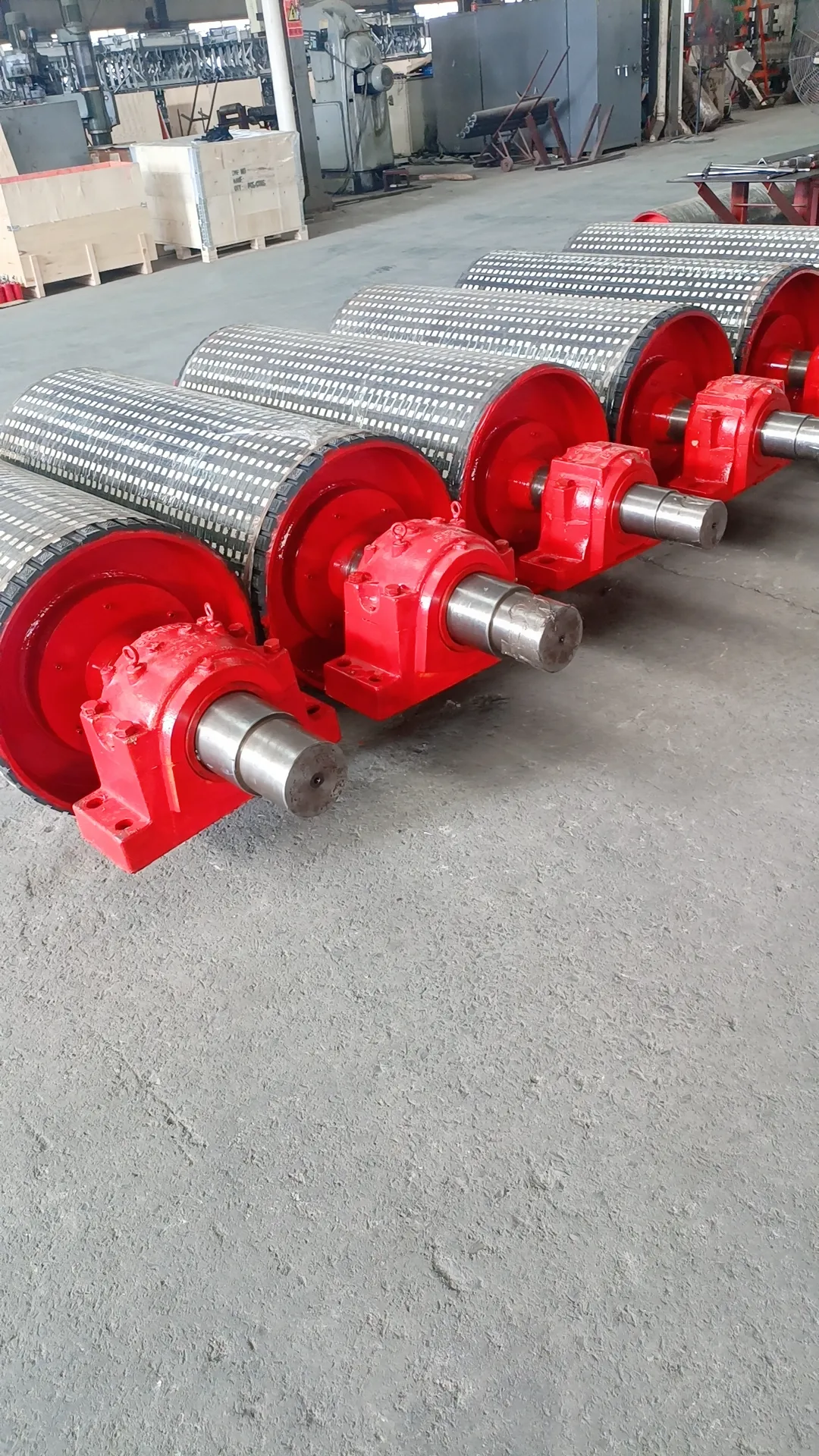 Afrikaans
Afrikaans  Albanian
Albanian  Amharic
Amharic  Arabic
Arabic  Armenian
Armenian  Azerbaijani
Azerbaijani  Basque
Basque  Belarusian
Belarusian  Bengali
Bengali  Bosnian
Bosnian  Bulgarian
Bulgarian  Catalan
Catalan  Cebuano
Cebuano  Corsican
Corsican  Croatian
Croatian  Czech
Czech  Danish
Danish  Dutch
Dutch  English
English  Esperanto
Esperanto  Estonian
Estonian  Finnish
Finnish  French
French  Frisian
Frisian  Galician
Galician  Georgian
Georgian  German
German  Greek
Greek  Gujarati
Gujarati  Haitian Creole
Haitian Creole  hausa
hausa  hawaiian
hawaiian  Hebrew
Hebrew  Hindi
Hindi  Miao
Miao  Hungarian
Hungarian  Icelandic
Icelandic  igbo
igbo  Indonesian
Indonesian  irish
irish  Italian
Italian  Japanese
Japanese  Javanese
Javanese  Kannada
Kannada  kazakh
kazakh  Khmer
Khmer  Rwandese
Rwandese  Korean
Korean  Kurdish
Kurdish  Kyrgyz
Kyrgyz  Lao
Lao  Latin
Latin  Latvian
Latvian  Lithuanian
Lithuanian  Luxembourgish
Luxembourgish  Macedonian
Macedonian  Malgashi
Malgashi  Malay
Malay  Malayalam
Malayalam  Maltese
Maltese  Maori
Maori  Marathi
Marathi  Mongolian
Mongolian  Myanmar
Myanmar  Nepali
Nepali  Norwegian
Norwegian  Norwegian
Norwegian  Occitan
Occitan  Pashto
Pashto  Persian
Persian  Polish
Polish  Portuguese
Portuguese  Punjabi
Punjabi  Romanian
Romanian  Russian
Russian  Samoan
Samoan  Scottish Gaelic
Scottish Gaelic  Serbian
Serbian  Sesotho
Sesotho  Shona
Shona  Sindhi
Sindhi  Sinhala
Sinhala  Slovak
Slovak  Slovenian
Slovenian  Somali
Somali  Spanish
Spanish  Sundanese
Sundanese  Swahili
Swahili  Swedish
Swedish  Tagalog
Tagalog  Tajik
Tajik  Tamil
Tamil  Tatar
Tatar  Telugu
Telugu  Thai
Thai  Turkish
Turkish  Turkmen
Turkmen  Ukrainian
Ukrainian  Urdu
Urdu  Uighur
Uighur  Uzbek
Uzbek  Vietnamese
Vietnamese  Welsh
Welsh  Bantu
Bantu  Yiddish
Yiddish  Yoruba
Yoruba  Zulu
Zulu The Importance of Rubber Lagging Pulley in Conveyor Systems
In modern industrial operations, conveyor systems play a crucial role in efficiently moving materials from one location to another. One of the key components of a conveyor system is the pulley, and ensuring it functions optimally is vital for the system’s overall performance. One of the most effective ways to enhance the performance of a pulley is through rubber lagging.

What is Rubber Lagging Pulley?
A rubber lagging pulley refers to a pulley that is coated with a layer of rubber, designed to improve its grip and efficiency in conveyor systems. The rubber coating helps to increase friction between the pulley and the conveyor belt, minimizing slippage and maximizing the transmission of power. This is especially critical in systems where high torque or heavy loads are involved.
Pulley lagging is the process of applying a rubber covering to the pulley. This lagging not only boosts the pulley’s traction but also provides protection against wear and tear. As pulleys operate under high stress and friction, the rubber layer acts as a shield, reducing the chances of corrosion, rust, and damage to the metal surface. In addition, rubber lagging improves belt tracking and reduces belt misalignment, contributing to smoother operations and longer system lifespans.
Advantages of Rubber Lagging in Conveyor Systems
Rubber lagging offers several significant benefits. First, it enhances pulley lagging by increasing the coefficient of friction, leading to more effective power transmission. This means conveyor belts run more smoothly and efficiently, which can reduce maintenance costs over time. Rubber lagging also offers excellent durability and resilience to varying environmental conditions, such as temperature fluctuations, water, or harsh chemicals.
Another advantage is that rubber lagging absorbs vibrations, reducing noise levels during operation. This not only makes the system quieter but also minimizes stress on the pulley and belt, extending their life expectancy. Furthermore, the wear-resistant properties of rubber lagging ensure the pulley remains in good condition, even under heavy-duty usage.
Conclusion: Invest in Rubber Lagging for Maximum Efficiency
Incorporating rubber lagging into your conveyor system’s pulleys is a simple yet effective way to boost its performance and longevity. Whether you are looking to reduce maintenance costs, enhance grip, or improve belt tracking, rubber lagging provides a reliable solution. Upgrade your pulley system today with quality rubber lagging and experience smoother, more efficient operations.
Take action now and improve the efficiency of your conveyor systems by investing in high-quality rubber lagging!
-
Impact Roller for Belt Conveyor – Durable Solutions for IndustryNewsNov.24,2025
-
Rubber Conveyor Rollers – Quiet, Durable, Sealed BearingsNewsNov.24,2025
-
Industrial Conveyor Belt Rollers: Durable Solutions for Harsh EnvironmentsNewsNov.24,2025
-
Idler Rollers for Belt Conveyors | Durable, Low-Noise OEMNewsNov.24,2025
-
Durable Rubber Conveyor Belt Rollers for Industrial UseNewsNov.24,2025
-
Ceramic Lagging Conveyor Pulley – Anti-Slip, Wear-ResistantNewsNov.17,2025





























